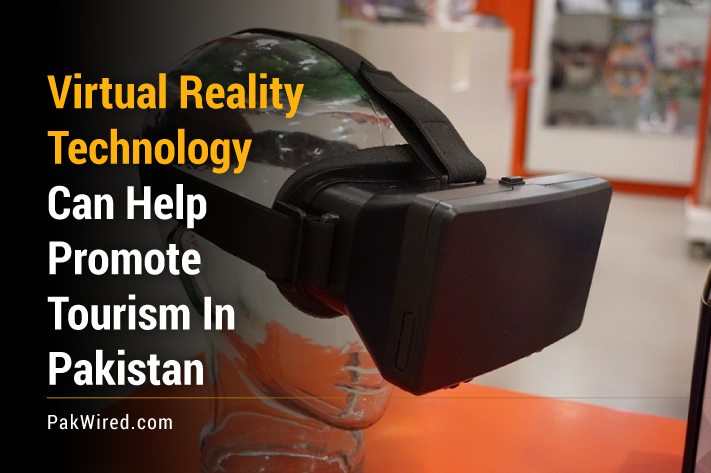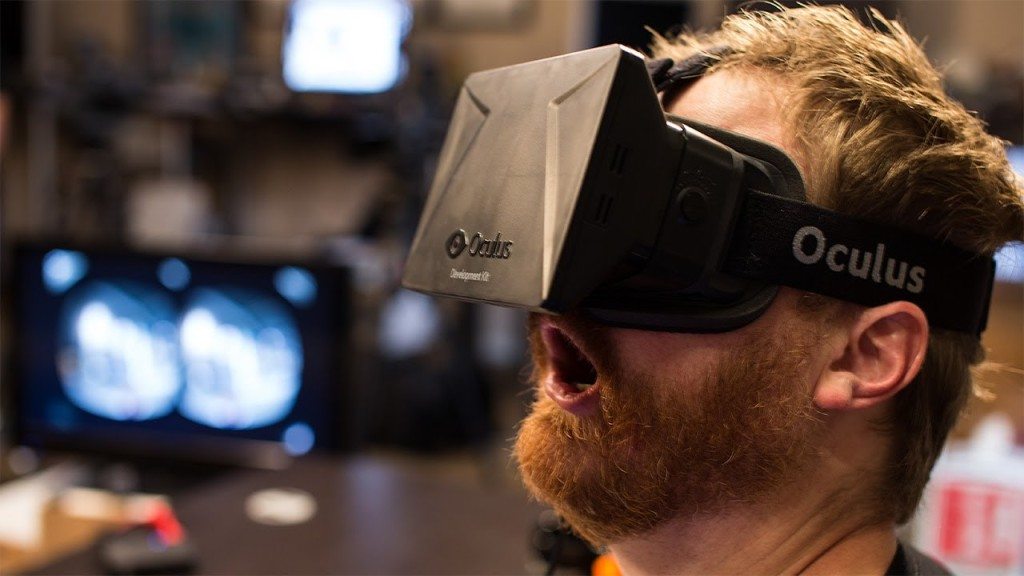Virtual Reality (VR) technology enables users to experience an immersive multimedia experience into a simulated environment by integrating sound, video and 360-degree displays, giving a near-real experience of what it would feel like to be present in a real or computer-generated surrounding.
Historical Context
The world’s first VR Head-Mounted Display (HMD) was developed in the late 60’s by Ivan Sutherland and his student Bob Sproull. Other improved versions such as the Aspen Movie Map (developed by MIT) followed in the late 70’s until this stream of ‘experience-based technology’ was formidably structured by Oculus VR.
The company has been working on a groundbreaking product, the Oculus Rift, initially funded by a Kickstarter campaign which raised $2.5 million. During development, the company was purchased in March 2014 by Facebook which has taken a particular interest in its technology.
The Rift, set to launch in the first quarter of 2016, has been described as the “first really professional PC-based VR headset“. It provides 360-degree imagery and also audio effects to give a complete interactive experience to the user.
Conventional VR devices such as the Oculus Rift work by connecting a cable with a PC running the Windows operating systems and a special support software. However, the rapid innovations in smartphone technology, particularly Android and iOS, have also facilitated the creation of VR apps for smartphones. VR headsets are a must to view them through smartphones, for obvious reasons, but the good thing is that the reliance on connectivity through desktop computers or laptops will be removed.
In Episode 7 of our weekend news roundup series, we covered the development of Google’s ‘Cardboard Camera’ app which enables smartphone users to capture 360-degree panoramic photos and view them through Google’s Cardboard device. It also allows to capture sound while an iOS version of the app is also in the works. Similarly, in Episode 8, we covered the launch of ‘Flickr VR’ app which allows users to experience 360-degree images on Samsung Galaxy smartphones using Samsung Gear VR powered by Oculus. Not surprising that Oculus is a world leader in VR technology. Similarly, there are several such apps for iPhones.
A review by tech reporter Chris Reed for CheatSheet quoted technology giants like Facebook, Google and Sony as saying that VR will play a “sizable role” in future human-computer interaction. As mentioned earlier, Oculus VR was purchased by Mark Zuckerberg in March 2014 and part of his excitement for investing in this domain of technology is visible from his announcement:
“After games, we’re going to make Oculus a platform for many other experiences. Imagine enjoying a court side seat at a game, studying in a classroom of students and teachers all over the world or consulting with a doctor face-to-face — just by putting on goggles in your home.
This is really a new communication platform. By feeling truly present, you can share unbounded spaces and experiences with the people in your life. Imagine sharing not just moments with your friends online, but entire experiences and adventures.”
VR Tourism – An Unexplored Sector
Imagination can be realized in actuality, thanks to VR technology. Pakistan, known globally for its unique geographical features and culture, has been infested with the menace of terrorism for well over a decade. As a frontline ally in the war against terrorism, heavy human casualties have also lead to equal or greater losses in the economic sector. The country was a favorite tourist destination for people from across the world before the tragic 9/11 attacks changed the global security scenario.
Pakistan still has to bear the brunt of countering terrorism and extremism in all its forms and manifestations and certainly there’s much more to do. With regards to terrorism, perhaps the most atrocious incident took place on June 22, 2013 when almost 16 militants killed 10 foreign mountain climbers and a local guide after storming a high-altitude base camp on Nanga Parbat, the world’s ninth highest mountain in Gilgit-Baltistan.
While terrorism in all its forms is condemnable and damaging to national interests, it is even more dangerous when foreign guests feel hesitant on visiting your country. A nationwide military operation is underway in Pakistan and the best alternative to promote tourism here can be the utilization of VR technology as a means to attract foreign interest.
Imagine the Pakistan Tourism Development Corporation (PTDC) providing visitors from Pakistan and abroad with VR experiences (immersive multimedia) on sights and sounds of the hills in Potohar (Punjab), the dunes of Thar desert (Sindh), the breathtaking views from Gwadar coast (Balochistan), the beautiful valley of Swat valley (KP), snow-capped peaks in Skardu (Gilgit-Baltistan) or the serene greenery of Palandri (Azad Kashmir).
Imagine also, that a VR user with the requisite device and app can sit in the comfort of their home and learn about the history of Pakistan through computer-generated recreations of a complete timeline as it progresses from the pre-partition era from 1857 onward. Or maybe a user sitting, say, in Germany, can study Urdu literature and history by interacting with a dedicated tutor. These and other benefits of using Augmented Reality (AR) to provide a near-real experience of places can significantly help boost tourism in Pakistan. Perhaps the most resourceful aspects of this option are cost-effectiveness and security guarantees.
Tourism has witnessed continuous decline in Pakistan. Statistics published by the State Bank of Pakistan are as follows:-
Year 2010: 906,800 tourists (Revenue: $306 million)
Year 2011: 718,832 tourists (Revenue: $351 million)
Year 2012: 663,829 tourists (Revenue: $369 million)
Year 2013: 565,212 tourists (Revenue: 298 million)
First-half of Year 2014: 198,201 tourists (Revenue: $285 million)
Imagine the untapped potential of VR tourism which the Government of Pakistan can exploit and help complement losses incurred under existing circumstances until the internal security situation in Pakistan improves. It must be borne in mind that VR tourism can never surpass or overshadow actual, physical tourism. However, as a form of infotainment, it can provide great benefit both to the VR tour operators and end users.
The Government of Pakistan can do well by studying the prospects of this technology and extracting benefits from its resources.



